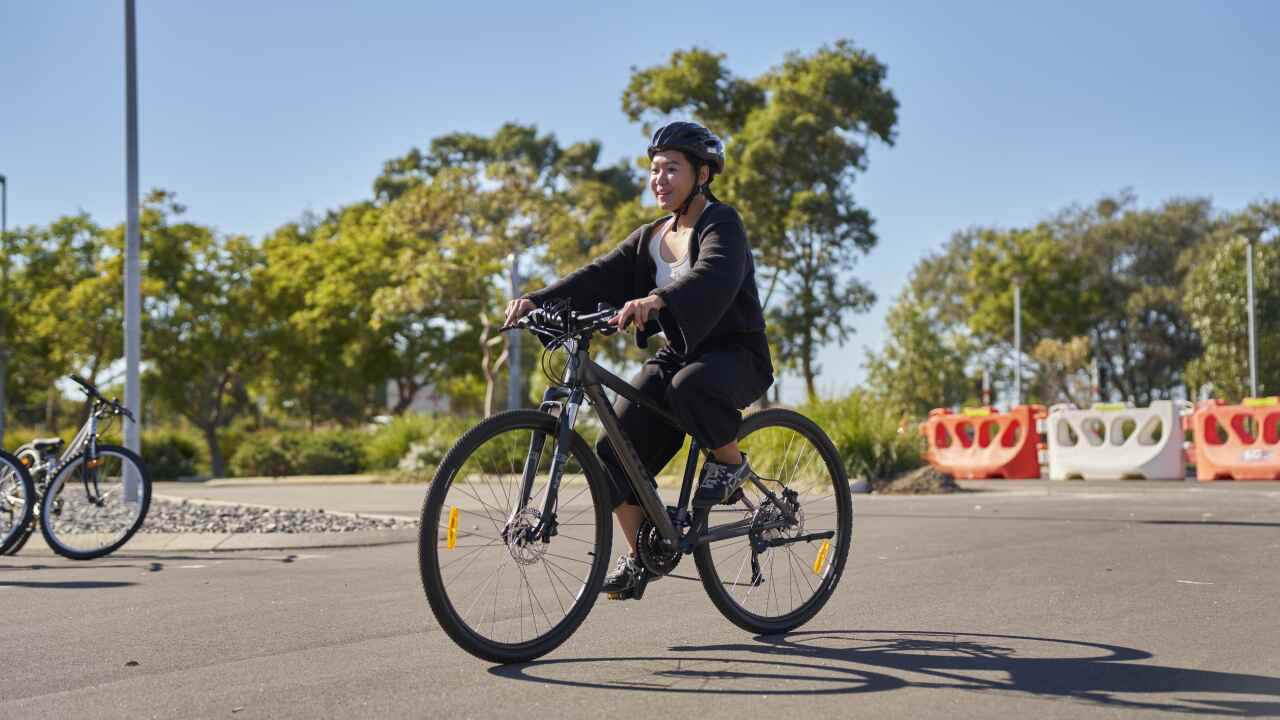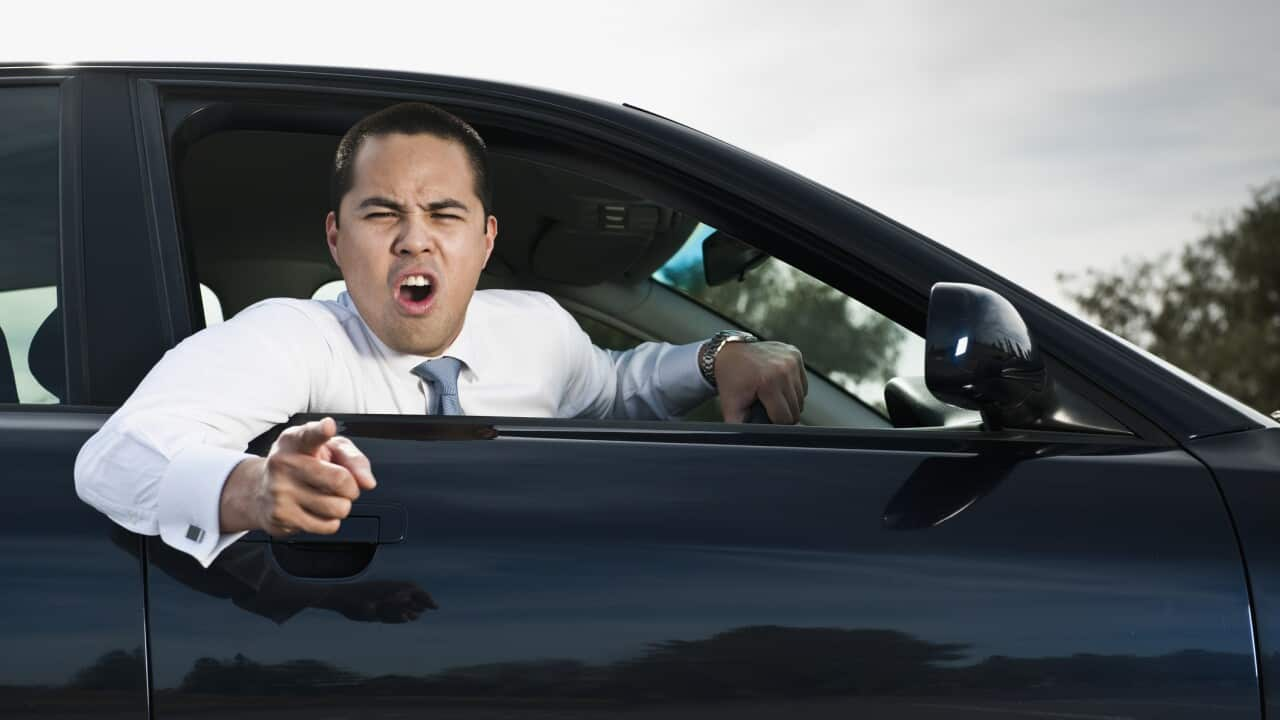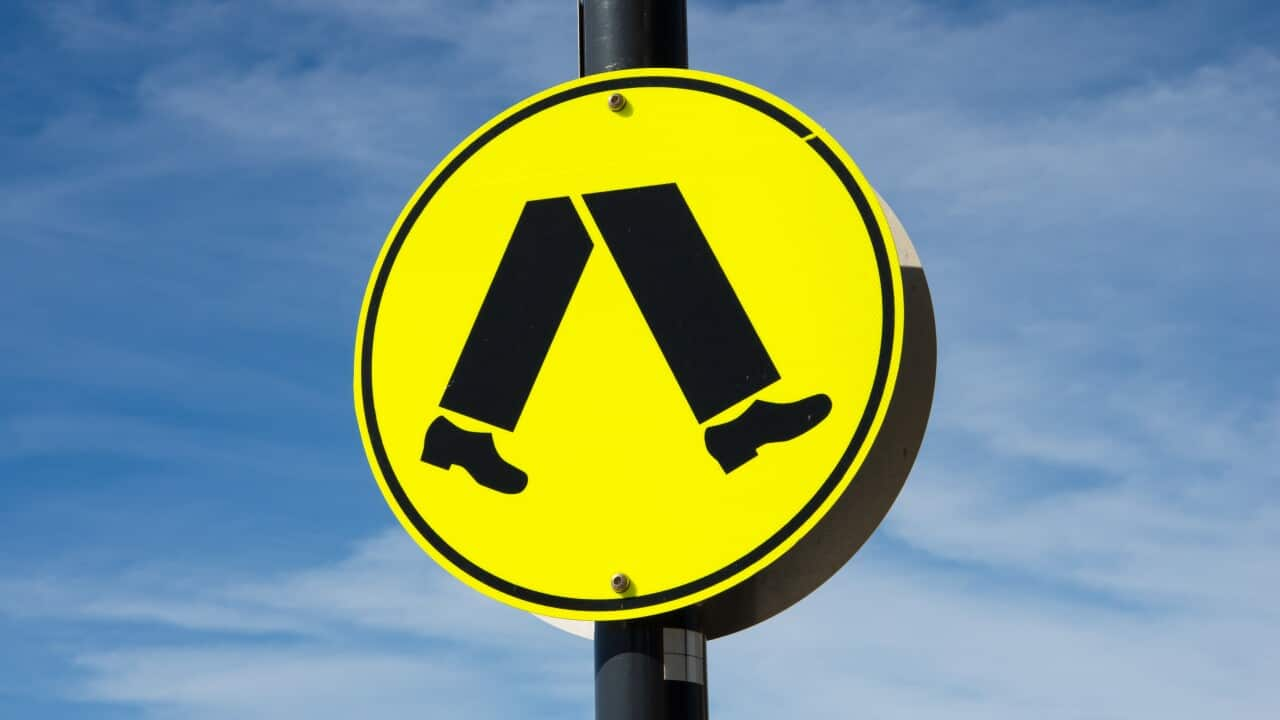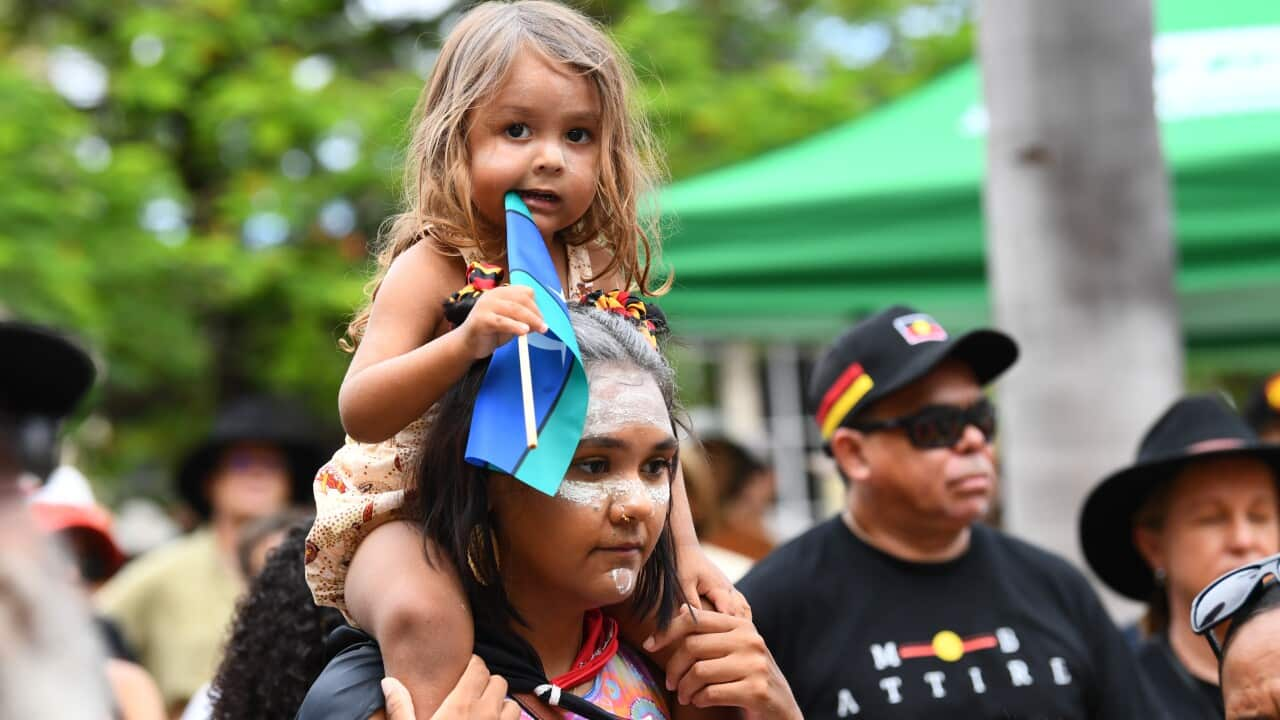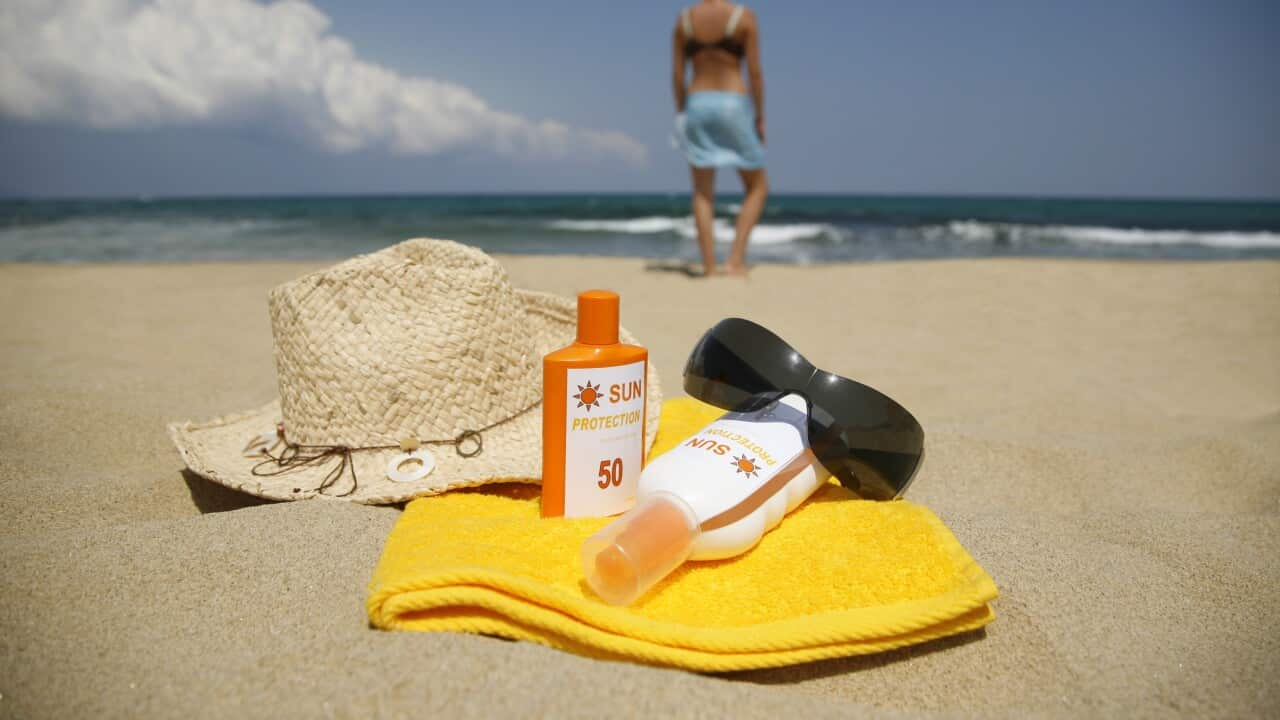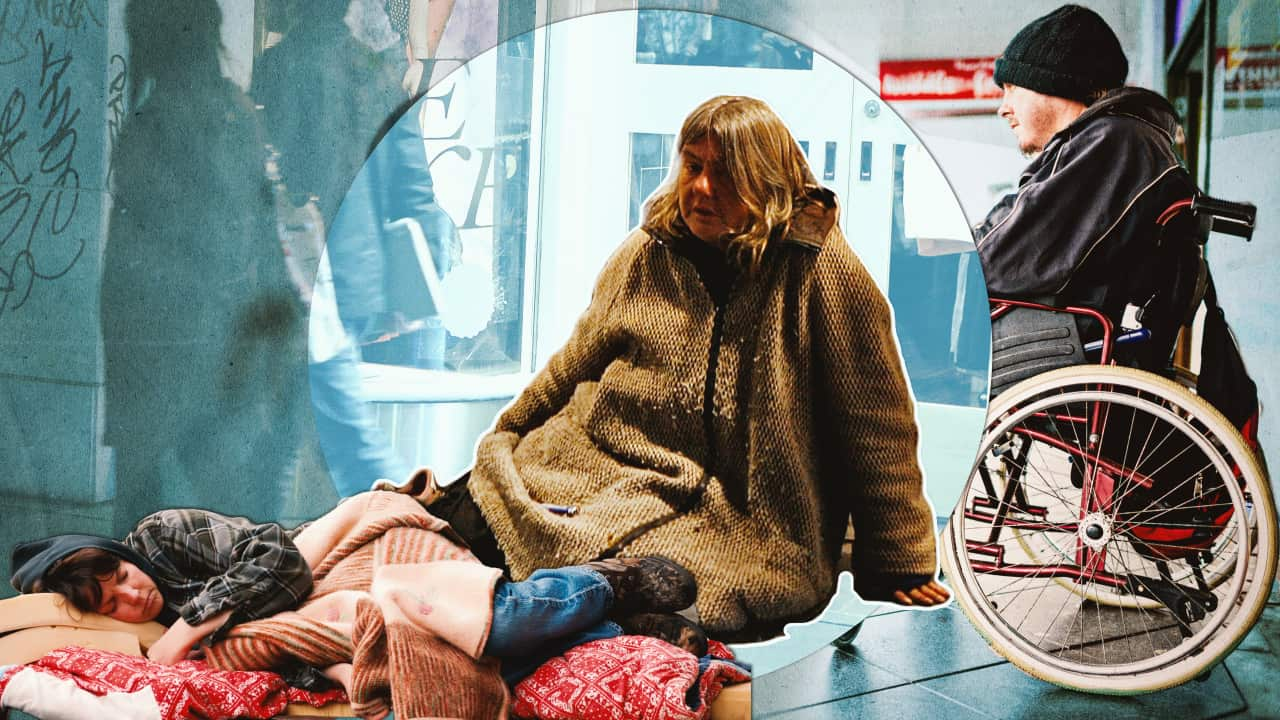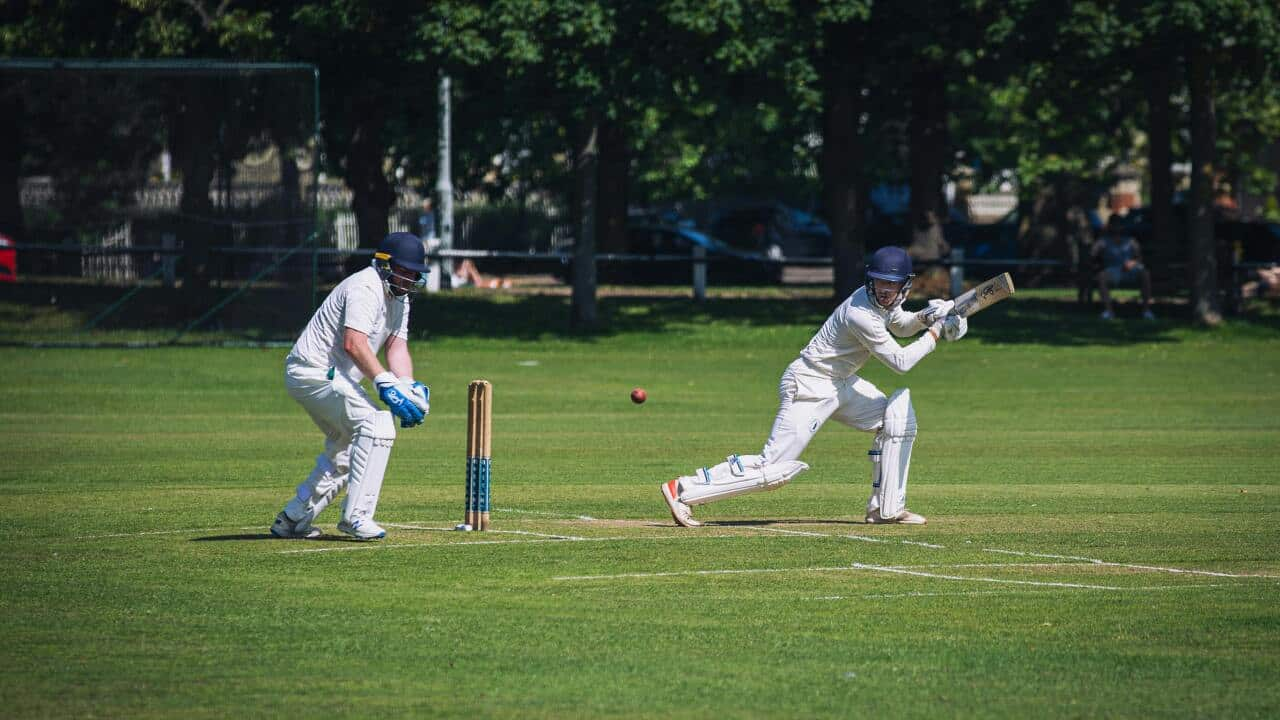Key Points
- It’s compulsory to wear a helmet when riding a bicycle in Australia.
- Bicycle infrastructure includes bike paths, trails and bike lanes.
- There are many opportunities to get involved in cycling, such as through local community riding groups or sporting cycling organisations.
Getting around on a bicycle is a great way to stay physically active, and is also a convenient and affordable method of transport that’s better for the environment than driving a car.
According to the , in 2023 there were 9.52 million Australians who rode a bike, with a growing number of people taking up bicycle riding as their regular means of transport.
Wayde Suchodolskiy is the Rider Services Coordinator at the Bicycle Network.
he says, “Some people have never learned to ride a bike when they were young, but many local councils have programs aimed at beginners, especially immigrants.”
“And you can usually find parklands with paths where you can practice to get your confidence up. And if it is riding for recreation, exercise and social enjoyment there are plenty of riding groups that welcome new members.”
Many people cycle to work, which reduces the number of vehicles on the road.
“Not only does riding to work help keep you healthy, but it is often the quickest and most reliable way to get to work on time,” says Wayde.
Many Australian workplaces also have end of trip facilities for cyclists, such as secure bike parking, showers and lockers, explains Wayde.
“You keep work clothes in the office and change when you get there. Regular commuting is a great way to keep fit, and save money. You might have to spend a little on clothes and wet weather gear, and a bike with mudguards helps keep you dry.”

Cycling to work has health benefits and reduces the number of vehicles on the road. Credit: Nate Biddle/Pexels
Christina Neubauer is the Managing Director of People on Bicycles in Western Australia, a social enterprise which provides cycling education, with the aim of getting more people to ride bikes.
“We offer training to the community who are keen to build their skills and confidence when riding with their family or if they haven’t ridden for many years, with the goal for people to start commuting by bike,” Christina says.
“There are also local providers around the country who specialise in teaching adults how to learn to ride.”
It's important to be aware of how to cycle safely.
“Know your bike and keep it in a safe riding condition. Brush up on your basic safe riding habits: be in control of your bike, know how to brake, to use gears, to do emergency stopping, to scan ahead and behind you, and how to indicate,” Christina says.
Because we live in a car-centric world, I suggest ride like you are invisible to others. By that I mean, assume that other people around you don’t see you and ride accordingly.Christina Neubauer, People on Bicycles

Left: Wayde Suchodolskiy, The Bycyle Network. Right: Christina Neubauer, People on Bicycle.
This includes always wearing a bicycle helmet to protect yourself in case of an accident, Wayde explains.
“Australia was one of the first countries in the world to make helmets compulsory. You must always wear one and if you don’t, the fines can be substantial. At night, and in poor weather conditions, you must have lights on your bike that are visible from 200 metres away.
“The law says you must always stop at red lights and stop signs. In most states of Australia, adults are restricted from riding on footpaths, but children usually can. And don’t ride with your phone in your hand, however, it is legal to use one with headphones.”

It's important to be visible when riding a bicycle. Credit: Jackie Alexander/Unsplash
“As we get more bikes out on the streets across Australia it is getting safer to ride — drivers are adjusting to our presence. The best thing you can do is to pay attention to your surrounds and appreciate and understand the risks,” Wayde says.
“Most crashes are at intersections, so approach carefully and try to anticipate what the drivers might do. Watch especially for cars turning left or right across your direction of travel.”
There are many different types of bicycles available depending on what type of cycling you’re planning to do, and your local bicycle shop is a useful place to visit for advice.
“The majority of our car trips are actually less than 4km, which is easily replaceable with a bike. Those who are thinking of replacing a short car trip with a bike don’t really need any special bike or gear. Those who have a longer commute, like 15km or more, may need some preparation and need to think about the type of bike they want to ride,” Christina says.
It is also worthwhile to plan your bike journey before you set out. You can enter place A to B into Google maps and select cycling as your transport mode.

A bike lane on a Melbourne road. Credit: Pat Whelen/Pexels
“You’ll find that many of the off-road paths are along rivers and creeks, and travel through more naturally attractive environments, and of course, they are free from cars," Wayde says.
If you’re keen to get into cycling, there are many options for finding like-minded cycling enthusiasts.
“Cycling means many different things to different people. There is commuting, using it purely for your recreation, focusing on exercise, distance and speed, mountain biking, trail riding, bike packing, BMX. All of these types of cycling have their own organisations, sport clubs and social clubs that support people who are interested in it,” explains Christina.
Some areas have Bicycle User Groups, or BUGs, that organise local social rides, and push governments and councils for better facilities.
Loosely organised riding groups can be found through social media, catering for different levels of fitness and experience.
Christina would like to see greater diversity in those who ride.
"We’d like to see a higher representation of women, who generally speaking are more risk averse, as well as children.”
For further information about cycling in Australia, visit:
Subscribe or follow the Australia Explained podcast for more valuable information and tips about settling into your new life in Australia.
Do you have any questions or topic ideas? Send us an email to
